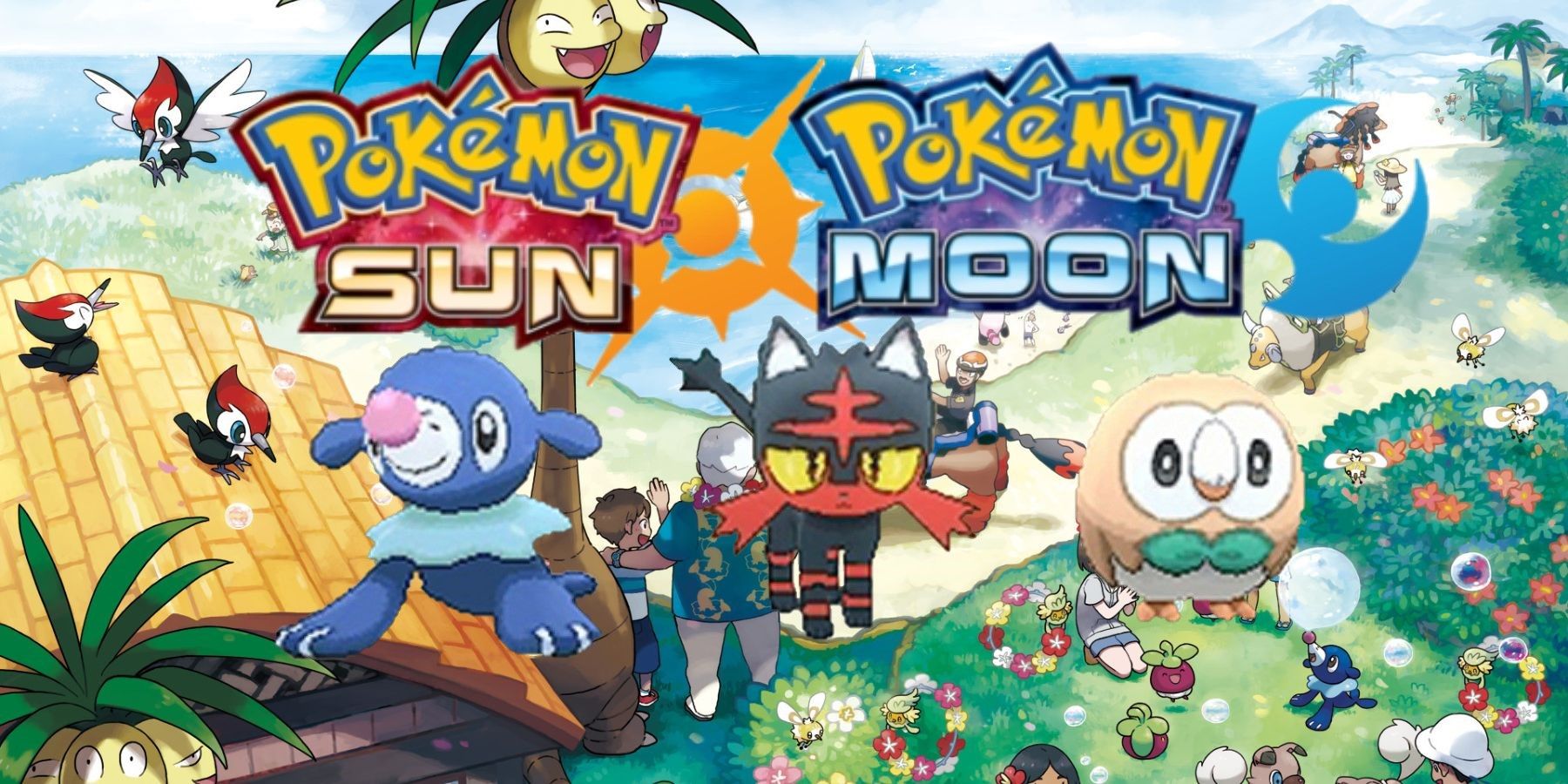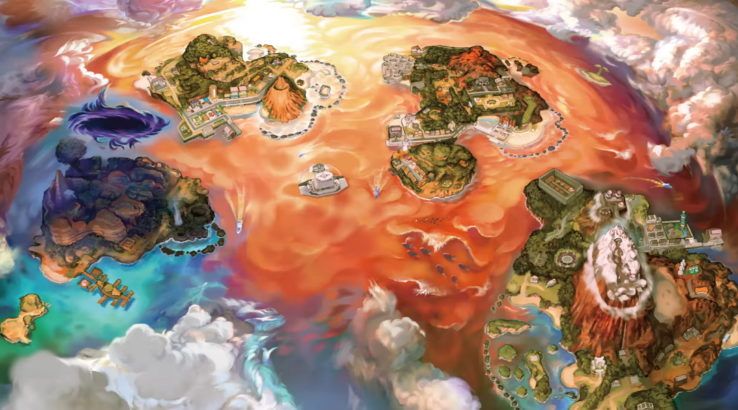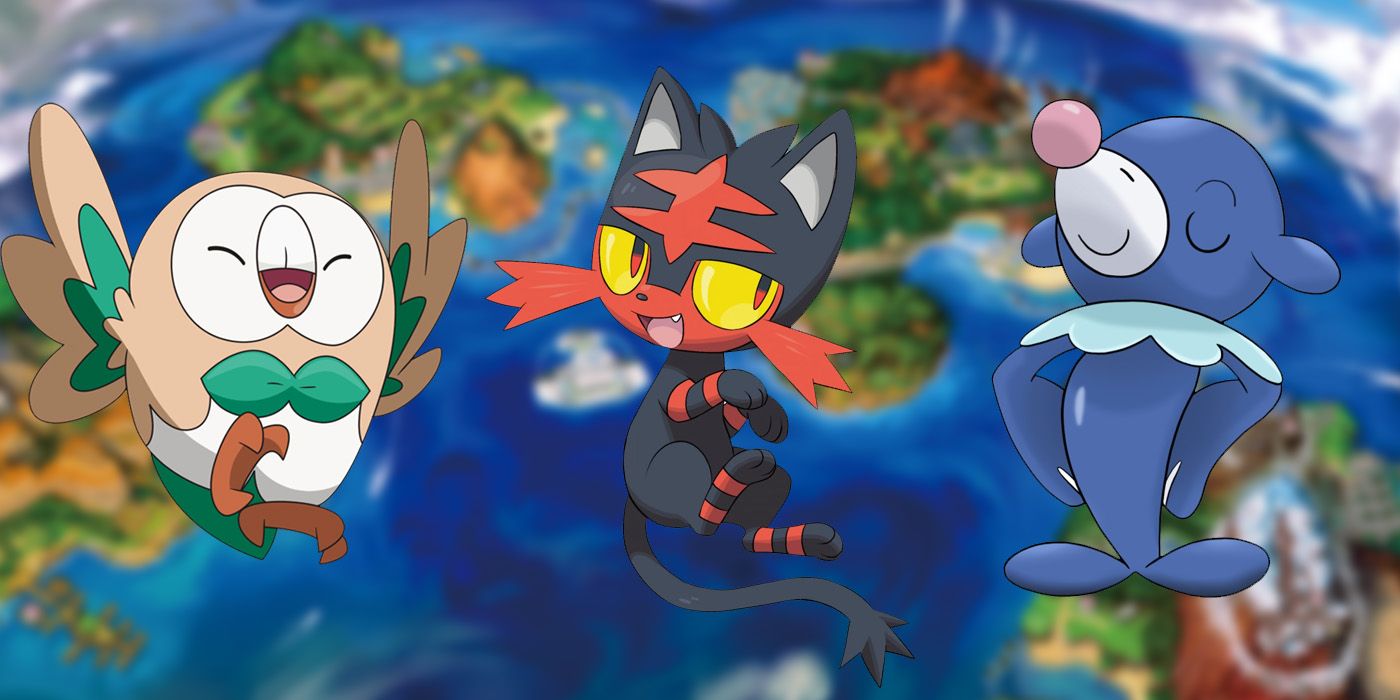A staple of Pokemon games is that every new Generation builds on the legacy of its predecessors, while also introducing new elements that make it stand out - including a region inspired by real-world countries. Such is the case with Pokemon Sun and Moon, and by extension, Pokemon Ultra Sun and Ultra Moon. Generation 7 was one of the most innovative in the series, and that's likely due to ever-improving technology and graphics, as well as many significant changes to the franchise as a whole.
Beyond Generation 7 introducing new abilities and moves for all Pokemon, among the most noteworthy changes is that Pokemon Sun and Moon allowed players to see how effective their moves were in battle. This made battling and type knowledge more accessible, as players didn't have to memorize every bit of information regarding their Pokemon on top of abilities, held items, and move rotations. Another significant addition was regional variants, which not only gave new life to older Pokemon by providing them with new types and moves, it also made the Alola region have a more cohesive and distinct setting with a rich roster of new monsters.
Pokemon Gen 7: New Additions and Alola's Identity
Many Pokemon games' regions have been defined by the different biomes they host. For example, Sinnoh was revisited this year thanks to Pokemon Brilliant Diamond and Shining Pearl, and players will soon be able to explore its past in Pokemon Legends: Arceus, but a defining characteristic of the region is that its climate is rather cold. This led to little variety of Fire-type Pokemon, which also has an impact on the regional Pokedex and what sort of Pokemon players can catch.
Alola is based on Hawai'i, and it is an archipelago made of four natural islands and an artificial one. Pokemon Sun and Moon introduced 88 new critters to the series, including the Ultra Beasts unique to Ultra Sun and Ultra Moon, and on top of that there are 18 Alolan forms of older Pokemon. All of Alolan critters share the region's tropical traits with their appearance, abilities, and movesets, and Gen 7 managed to retain a specific identity while also including Generation 6's Mega Evolutions.
There are a total of 48 Mega Evolutions in Pokemon Sun and Moon, albeit only 46 species are capable of the transformation, with Mewtwo and Charizard each having two forms. Even though Mega Evolutions were discontinued in Pokemon Sword and Shield, the fact that Gen 7 included them likely paved the way for Dynamax and Gigantamax Pokemon in Generation 8. There are no Generation 7 Pokemon capable of Mega Evolving, but many of the Alolan critters already make for distinguishable appearances throughout the series, especially the Tapu and box Legendaries, Solgaleo and Lunala.
Pokemon like Sandygast and Palossand perfectly encapsulate all of Alola's beaches, whereas species like Oranguru and Passimian are examples of Alola's wildlife. Alolan people have a more relaxed nature, lending itself to the region's lack of classic Pokemon Gyms; replaced with the Island Challenge. Players are also capable of using Z-Moves, which allows their Pokemon to use powerful attacks once per battle, unlocked by finding Z-Crystals scattered all over Alola.
Every New Pokemon and Regional Form in Gen 7
Pokemon Sun and Moon also continued Pokemon X and Y's 3D graphics. While Sun and Moon were accused of making Pokemon games easier with all their Mega Evolutions, items, and Z-Moves, Generation 7 still packed a punch in many of its battles and some encounters with the Ultra Beasts. With all the themed Pokemon available, players were able to build diverse teams throughout the games - something that was capitalized on with all its regional variants. These are the Pokemon available in Generation 7:
- Rowlet
- Dartrix
- Decidueye
- Litten
- Torracat
- Incineroar
- Popplio
- Brionne
- Primarina
- Pikipek
- Trumbeak
- Toucannon
- Yungoos
- Gumshoos
- Grubbin
- Charjabug
- Vikavolt
- Crabrawler
- Crabominable
- Oricorio
- Cutiefly
- Ribombee
- Rockruff
- Lycanroc
- Whishiwashi
- Mareanie
- Toxapex
- Mudbray
- Mudscale
- Dewpider
- Araquanid
- Fomantis
- Lurantis
- Morelull
- Shiinotic
- Salandit
- Salazzle
- Stufful
- Bewear
- Bounsweet
- Steenee
- Tsareena
- Comfey
- Oranguru
- Passimian
- Wimpod
- Goliosopod
- Sandygast
- Palossand
- Pyukumuku
- Type: Null
- Silvally
- Minior
- Komala
- Turtonator
- Togedamaru
- Mimikyu
- Bruxish
- Drampa
- Dhelmise
- Jangmo-o
- Hakamo-o
- Kommo-o
- Tapu Koko
- Tapu Lele
- Tapu Bulu
- Tapu Fini
- Cosmog
- Cosmoem
- Solgaleo
- Lunala
- Nihilego
- Buzzwole
- Pheromosa
- Xurkitree
- Celesteela
- Kartana
- Guzzlord
- Necrozma
- Magearna
- Marshadow
- Poipole
- Naganadel
- Stakataka
- Blacephalon
- Zeraora
- Meltan
- Melmetal
The Alolan forms are all based on Pokemon originally belonging to Generation 1, and they are as follows:
- Rattata
- Raticate
- Raichu
- Sandshrew
- Sandslash
- Vulpix
- Ninetales
- Diglett
- Dugtrio
- Meowth
- Persian
- Geodude
- Graveler
- Golem
- Grimer
- Muk
- Exeggutor
- Marowak
Alola's Pokedex remains one of the most varied in the franchise, and it's one of the most consistent with regards to theme. Overall, Generation 7 was a great addition to the Pokemon series, and it spawned new staples with features like regional forms, which were also employed in Pokemon Sword and Shield. Some of Pokemon Sun and Moon's features have been left behind, but it's not impossible that some might return in Generation 9 - even though fans shouldn't expect them in Pokemon Legends: Arceus.
Pokemon Sun and Pokemon Moon are available now for Nintendo 3DS.



